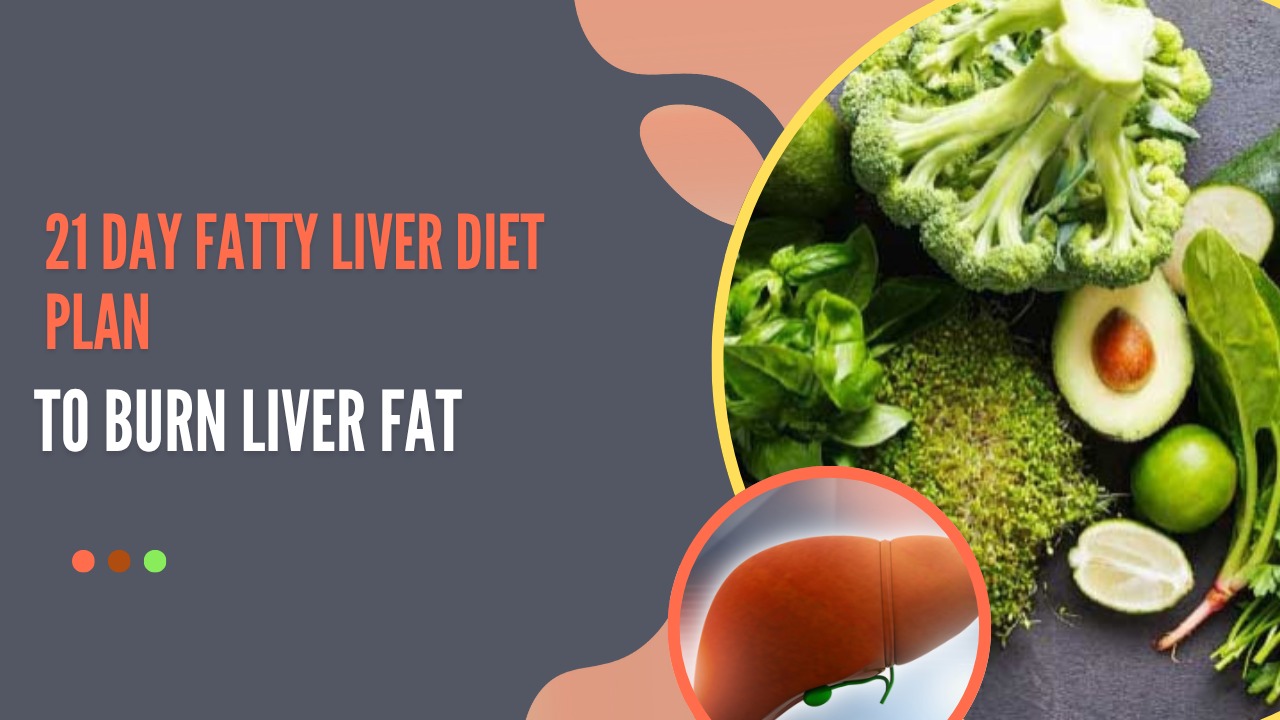21 day fatty liver diet plan is a powerful tool to help reverse non-alcoholic fatty liver disease (NAFLD) naturally. Affecting millions worldwide, NAFLD often progresses silently, but with the right nutrition, your liver can begin to heal and regenerate within weeks.
21 day fatty liver diet plan focuses on nutrient-rich foods like leafy greens, fatty fish, whole grains, and healthy fats that support liver detoxification and reduce fat accumulation. It also eliminates processed foods, sugars, and alcohol—key culprits in liver damage.
21 day fatty liver diet plan is made with meal timing and balance in mind to improve metabolism and reduce inflammation. Each day builds on the last, making it easier to stay consistent and motivated. By the end of three weeks, many people report improved energy, reduced bloating, and better overall wellness—all signs your liver is on the path to recovery.
What is fatty liver ?
21 day fatty liver diet plan addresses one of the core issues behind non-alcoholic fatty liver disease (NAFLD): the accumulation of fat, specifically triglycerides, in liver cells. This buildup occurs when the liver can’t properly break down fats, often due to poor diet, inactivity, or insulin resistance.
Over time, this excess fat can lead to liver inflammation, scarring (fibrosis), and even more severe conditions like cirrhosis. Fortunately, early intervention through nutrition can significantly reverse or slow this process. A structured 21 day fatty liver diet plan focuses on eliminating processed foods, sugars, and unhealthy fats while emphasizing whole, nutrient-dense meals.
Why does diet matter ?
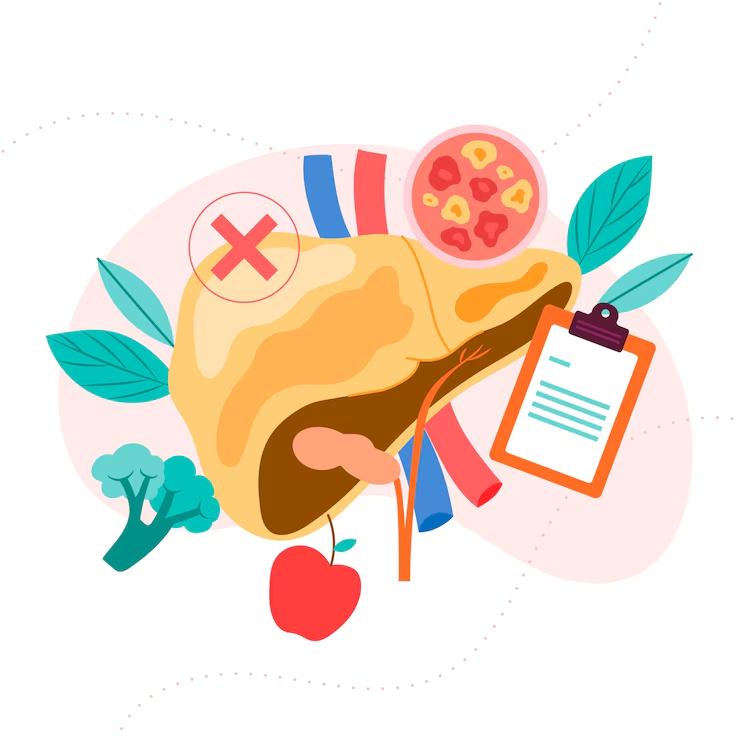
21 day fatty liver diet plan is specifically designed to tackle the root causes of fat accumulation in the liver. Insulin resistance, excessive sugar intake, and a diet high in processed foods are major contributors to non-alcoholic fatty liver disease (NAFLD). These factors promote the storage of triglycerides in liver cells, leading to inflammation and impaired liver function.
A targeted nutritional approach, like the 21 day fatty liver diet plan, works by reducing simple sugars, refined carbs, and unhealthy fats. Instead, it focuses on whole foods rich in fiber, lean proteins, antioxidants, and healthy fats that support liver detox and improve insulin sensitivity. This balance helps reduce fat storage and allows the liver to begin healing naturally.
By following the 21 day fatty liver diet plan, you can gradually retrain your body to process nutrients more efficiently. The result is reduced liver fat, improved energy levels, and better overall metabolic health—laying the groundwork for long-term wellness.
How Does a 21‑Day Diet Help ?
Timeframe: 21 days is long enough to create new habits and show measurable liver‑fat reduction.
Structured phases:
Phase 1 (Days 1–7): Detoxify & stabilize blood sugar
Phase 2 (Days 8–14): Enhance fat‑burning & liver repair
Phase 3 (Days 15–21): Reinforce habits & prevent rebound
When to Follow This Plan ?
Best for adults with early stage NAFLD or fatty liver detected via ultrasound.
Not ideal for pregnant/nursing women or those on certain medications—consult a doctor first.
Kick‑off Monday to align with weekly grocery shopping and meal prep.
Top 8 Tips + 21‑Day Meal & Lifestyle Blueprint
Go Low‑Glycemic but Plant‑Rich
21 day fatty liver diet plan encourages a low-glycemic yet plant-rich approach to support liver healing and reduce fat accumulation. High-glycemic foods like white bread, sugary snacks, and sodas can spike blood sugar and insulin levels, which promotes fat storage in the liver. Replacing these with low-glycemic alternatives is key to managing non-alcoholic fatty liver disease (NAFLD).
A plant-rich diet provides fiber, antioxidants, and essential nutrients that support detoxification and reduce inflammation. Leafy greens, cruciferous vegetables, legumes, berries, and whole grains are excellent staples in the 21 day fatty liver diet plan. These foods help regulate blood sugar, promote satiety, and enhance liver function without overwhelming it.
The 21 day fatty liver diet plan balances blood sugar while nourishing the body with natural, unprocessed foods. By focusing on low-glycemic, plant-based meals, you not only support your liver but also improve digestion, energy, and overall wellness—making it a sustainable step toward long-term health.
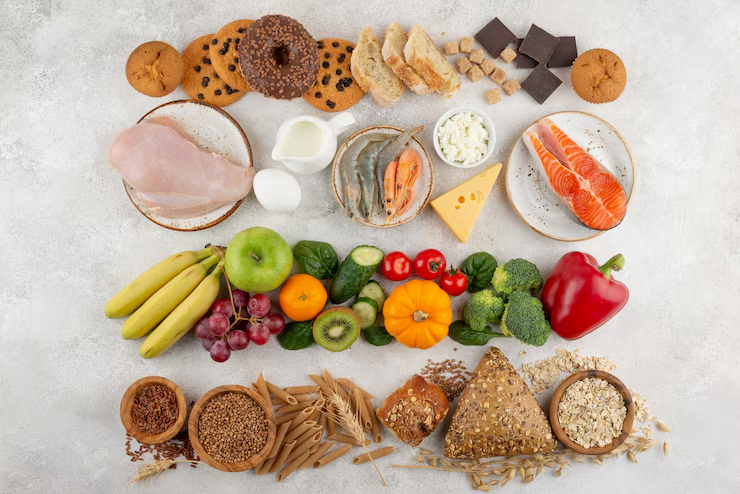
Why: Spikes in blood sugar cause insulin resistance, fueling fat storage in the liver.
How: Fill plates with leafy greens, cruciferous vegetables, berries, and pulses. Avoid white rice, white bread, pastries, sugary drinks.
Include High‑Quality Proteins Daily
21 day fatty liver diet plan emphasizes the importance of including high-quality proteins daily to support liver repair and overall metabolic health. Proteins are essential for cell regeneration and maintaining lean muscle mass, especially during fat loss and dietary changes. For those with non-alcoholic fatty liver disease (NAFLD), lean protein sources help stabilize blood sugar and reduce fat buildup in the liver.
Great protein options in the 21 day fatty liver diet plan include skinless chicken, turkey, eggs, fish rich in omega-3s (like salmon), low-fat dairy, tofu, and legumes. These foods provide essential amino acids while being low in saturated fat, which is important for reducing liver stress and inflammation.
Including a source of protein in every meal helps curb cravings, promotes fullness, and supports consistent energy throughout the day. The 21 day fatty liver diet plan uses these high-quality proteins strategically to nourish the body, reduce liver fat, and support sustainable weight management.
Why: Proteins help rebuild liver tissue and maintain lean mass.
How: Add fish, beans, lentils, eggs, Greek yoghurt—around 20–30 g of protein per meal.
Add Healthy Fats (Yes, Fats!)
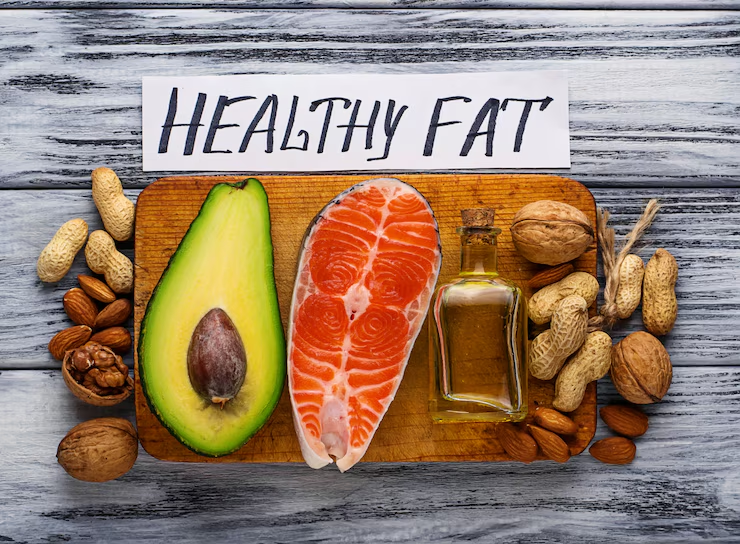
21 day fatty liver diet plan includes healthy fats as a vital part of liver healing and overall well-being. While it might seem counterintuitive, not all fats are bad—especially when battling non-alcoholic fatty liver disease (NAFLD). In fact, certain fats play a protective role and help reduce inflammation in the liver.
Foods like avocados, nuts, seeds, olive oil, and fatty fish provide monounsaturated and omega-3 fatty acids. These fats help lower liver fat, improve cholesterol levels, and support better insulin sensitivity. The 21 day fatty liver diet plan incorporates these sources in moderation, replacing harmful trans fats and saturated fats found in fried or processed foods.
By including healthy fats daily, the 21 day fatty liver diet plan not only improves liver function but also enhances meal satisfaction and nutrient absorption. Balancing fat intake the right way can lead to long-term metabolic improvements and a sustainable, liver-friendly lifestyle.
Why: Monounsaturated and omega‑3 fats reduce liver inflammation and improve fat metabolism.
How: Use extra‑virgin olive oil, avocados, walnuts, chia and flax seeds, fatty fish.
Choose Liver‑Friendly Carbs
21 day fatty liver diet plan focuses on choosing liver-friendly carbohydrates to reduce fat accumulation and support liver recovery. Unlike refined carbs that spike blood sugar and promote insulin resistance, liver-friendly carbs are slow-digesting and rich in fiber, helping regulate energy and reduce stress on the liver.
Whole grains like quinoa, oats, and brown rice are staples in the 21 day fatty liver diet plan. These complex carbs provide steady energy, support digestion, and keep you feeling full without overwhelming the liver. Vegetables, legumes, and fruits with a low glycemic index are also emphasized to nourish the body while avoiding sugar spikes.
The 21 day fatty liver diet plan encourages a balanced approach—choosing carbs that come from natural, whole-food sources. This strategy not only supports healthy blood sugar levels but also reduces liver fat over time, making it easier for your liver to regenerate and function efficiently.
Why: Slow‑digested carbs keep your blood sugar stable and feed your gut health.
How: Oats, sweet potatoes, quinoa, minimal whole‑grain breads and pastas.
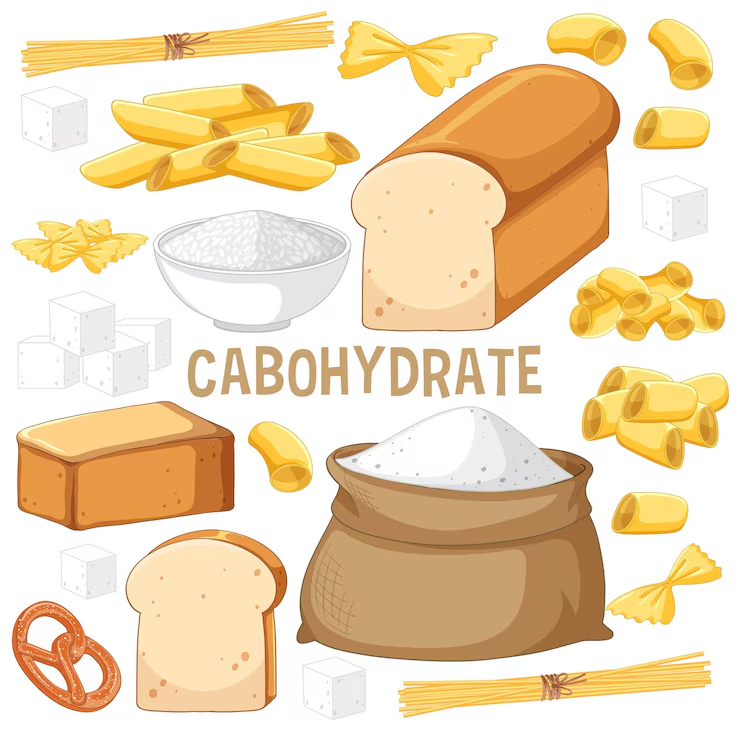
Hydrate + Add Metabolic Boosters
21 day fatty liver diet plan highlights the importance of staying hydrated and incorporating natural metabolic boosters to support liver health and fat reduction. Proper hydration helps flush toxins from the liver, supports digestion, and maintains optimal metabolic function—critical for those managing non-alcoholic fatty liver disease (NAFLD).
Water is essential, but the 21 day fatty liver diet plan also recommends liver-friendly beverages like green tea, lemon water, and herbal infusions. These drinks provide antioxidants and compounds that may reduce inflammation and stimulate fat metabolism. Avoid sugary drinks, sodas, and excessive caffeine, as they can strain the liver.
In addition to hydration, adding natural metabolic boosters such as apple cider vinegar, cinnamon, turmeric, and ginger can enhance fat burning and insulin sensitivity. When used alongside balanced meals, these ingredients support the goals of the 21 day fatty liver diet plan—reducing liver fat, improving digestion, and encouraging a healthier metabolism long term.
Why: Proper hydration supports detoxification and waste removal. Certain drinks support liver enzymes.
How: Drink 2–3 L of water daily, warm lemon water in mornings, green tea, and dandelion root tea as liver tonics.
Maintain Portion Control & Meal Timing
21 day fatty liver diet plan places strong emphasis on portion control and proper meal timing to ease the liver’s workload and support fat loss. Eating large portions or erratically timed meals can lead to spikes in blood sugar and insulin, which may worsen fat accumulation in the liver.
By keeping portion sizes moderate and balanced, the 21 day fatty liver diet plan helps prevent overeating while still ensuring you get enough nutrients. Meals are designed to include lean proteins, healthy fats, and complex carbs in controlled amounts—promoting satiety without overwhelming your digestive system or liver.
Timing your meals consistently—such as eating every 3–4 hours—helps regulate blood sugar levels and boosts metabolism. The 21 day fatty liver diet plan encourages three main meals and one or two healthy snacks daily to avoid long fasting gaps, reduce cravings, and maintain energy, all of which are key to reversing fatty liver symptoms and promoting lasting health.
Why: Overeating—even healthy food—may stress your liver. Meal timing aids insulin balance.
How: 3 moderate meals + 1 snack daily; include 12‑hour overnight fasting (e.g., 7 pm to 7 am).

Commit to Daily Movement
21 day fatty liver diet plan isn’t just about what you eat—it also emphasizes daily physical activity as a core component of liver health. Regular movement helps reduce liver fat, improve insulin sensitivity, and boost your metabolism, all of which are essential in reversing non-alcoholic fatty liver disease (NAFLD).
Even moderate activities like brisk walking, light jogging, cycling, or yoga can make a significant difference when done consistently. The 21 day fatty liver diet plan encourages at least 30 minutes of movement daily, tailored to your fitness level and lifestyle. Exercise helps burn excess calories and mobilizes stored fat, particularly from the liver and abdomen.
Incorporating movement into your daily routine supports the overall goals of the 21 day fatty liver diet plan—not only speeding up recovery but also improving your energy, mood, and long-term weight control. Small steps daily can lead to lasting transformation for your liver and your health.
Why: Physical activity mobilizes fat stores and improves insulin sensitivity.
How: 30 minutes of moderate cardio (brisk walking, cycling) daily + 20 minutes light resistance training 3x/week.
Track Progress & Adjust Mindfully
21 day fatty liver diet plan encourages mindful tracking of your progress to ensure lasting success and better liver health. Monitoring changes in energy, digestion, weight, and how your clothes fit can be more telling than numbers on a scale alone. Journaling meals, moods, and symptoms helps identify what works best for your body.
Adjustments are a natural part of the 21 day fatty liver diet plan. If something isn’t working—whether it’s portion sizes, food choices, or meal timing—small changes can make a big difference. Listening to your body allows you to stay on track without feeling restricted or overwhelmed.
Ultimately, the 21 day fatty liver diet plan isn’t a one-size-fits-all approach. It’s designed to evolve with you. By staying consistent, flexible, and patient with yourself, you build habits that support liver repair, reduce fat accumulation, and promote long-term health well beyond the initial 21 days.
Why: Monitoring helps you refine what works best.
How: Weigh weekly, note changes in energy, mood, cravings. Keep a food‑and‑symptom diary.
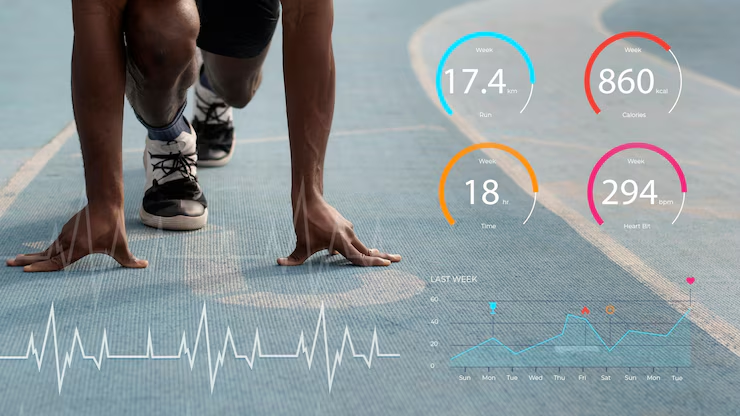
Sample 21‑Day Plan Overview
| Day Range | Focus | Sample Meal Structure | Activity Focus |
|---|---|---|---|
| Day 1–7 | Eliminate sugar + junk foods | Veg + lean protein | Daily brisk walk + morning mobility |
| Day 8–14 | Increase liver‑healing nutrients & fats | Add fatty fish, seeds | Add resistance 3x + cardio 4x |
| Day 15–21 | Reinforce habits, gentle carb re‑introduction | Add quinoa, berries | Continue full routine |
Why It Works – Science Behind the Approach
Low‑glycemic, high‑fiber foods stabilize blood sugar → less insulin → lower liver fat deposition.
Mono‑ and polyunsaturated fats (like olive oil, fish oil) activate PPAR pathways → reduce inflammation and fat storage.
Plant bioactives (leafy greens, cruciferous veg) enhance detox enzymes and antioxidant support.
Intermittent fasting (12‑hour overnight) helps switch your body from glucose to fat burning.
Regular exercise ups mitochondrial function and increases hepatic fat utilization.
What to Eat: Weekly Meal Guides
Here is your meal guide in table format, optimized with the keyword 21 day fatty liver diet plan:
| Week | Focus | Meals & Tips |
|---|---|---|
| Week 1 – Clean Start | Detox & Reset | Breakfast: Spinach-egg-tomato scramble, green tea Lunch: Mixed salad + grilled chicken or lentil-veg bowl Snack: Apple slices with almond butter Dinner: Steamed fish with broccoli (olive oil) + ½ cup quinoa |
| Week 2 – Repair & Nourish | Anti-inflammatory Support | Add fatty fish 2–3x/week (e.g., salmon, mackerel) Sprinkle flax or chia seeds on salads, yogurt Replace white rice with sweet potato or buckwheat |
| Week 3 – Reinforce & Maintain | Habit Building | Add berries to breakfast or snack Focus on whole grains like barley and quinoa Build a “template plate” with greens, vegetables, protein, and healthy fats |
| Mid-Point Check (Day 10) | Progress Review | Evaluate energy, digestion, mood, and appetite to fine-tune the 21 day fatty liver diet plan |
Conclusion
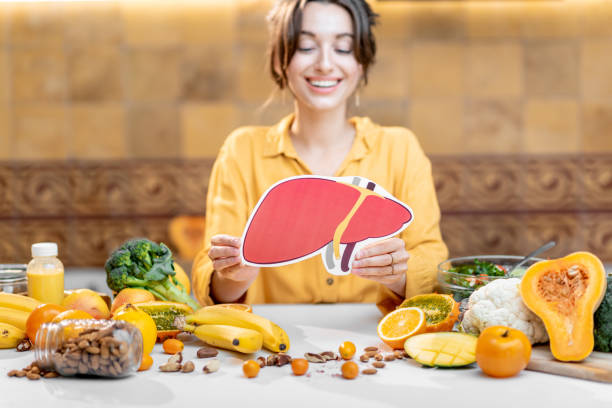
21 day fatty liver diet plan is more than just a short-term eating routine—it’s a structured lifestyle shift focused on healing and restoring liver health. By committing to three weeks of intentional eating, hydration, and movement, you allow your body to reduce fat accumulation in the liver and regain metabolic balance.
This 21 day fatty liver diet plan emphasizes whole foods, high-quality proteins, good fats, and liver-supportive carbohydrates. With steady meal timing and moderate portion sizes, you not only stabilize blood sugar but also reduce insulin resistance—one of the root causes of fatty liver disease. Daily movement and hydration further enhance the detoxification process.
Staying consistent with the plan can lead to significant improvements in energy, digestion, mood, and weight. Remember, your liver is incredibly resilient. If you’re ready to take the next step, we can provide printable plans, grocery lists, or vegetarian versions of the 21 day fatty liver diet plan tailored just for you.
FAQs
Q1. What is the 21 day fatty liver diet plan and how does it work ?
The 21 day fatty liver diet plan is a structured, three-week nutritional strategy designed to reduce fat buildup in the liver. It focuses on anti-inflammatory foods, healthy fats, high-fiber carbs, and lean proteins. The plan eliminates processed foods, added sugars, and alcohol to give the liver time to detox and regenerate. Over 21 days, this approach can help improve liver enzyme levels, reduce insulin resistance, and promote weight loss.
Q2. Can I follow the 21 day fatty liver diet plan if I’m vegetarian or vegan ?
Yes, the 21 day fatty liver diet plan can be adapted for plant-based lifestyles. Instead of animal proteins, include legumes, tofu, tempeh, and plant-based protein powders. Healthy fats from avocados, nuts, seeds, and olive oil remain essential. Complex carbs like quinoa, buckwheat, and lentils help maintain energy and support liver function without spiking blood sugar.
Q3. Will I lose weight on the 21 day fatty liver diet plan ?
Most people experience some weight loss on the 21 day fatty liver diet plan, especially if they were previously consuming high amounts of sugar, refined carbs, or alcohol. The plan is calorie-conscious without requiring starvation and promotes fat burning through balanced meals and daily movement. However, its primary goal is improving liver health rather than rapid weight loss.
Q4. What should I avoid during the 21 day fatty liver diet plan ?
During the 21 day fatty liver diet plan, avoid processed foods, sugary snacks, soda, refined carbs (like white bread and pasta), trans fats, and alcohol. These items contribute to liver fat accumulation and inflammation. Also minimize red meat and full-fat dairy, focusing instead on lighter proteins and liver-friendly produce.
Q5. How do I maintain results after the 21 day fatty liver diet plan ends ?
To maintain your results after the 21 day fatty liver diet plan, continue prioritizing whole foods, balanced macronutrients, and hydration. Adopt the “template plate” strategy: fill half your plate with greens and veggies, one-quarter with lean protein, and one-quarter with healthy carbs or fats. Keep active, avoid alcohol, and schedule regular check-ups to track liver function.


